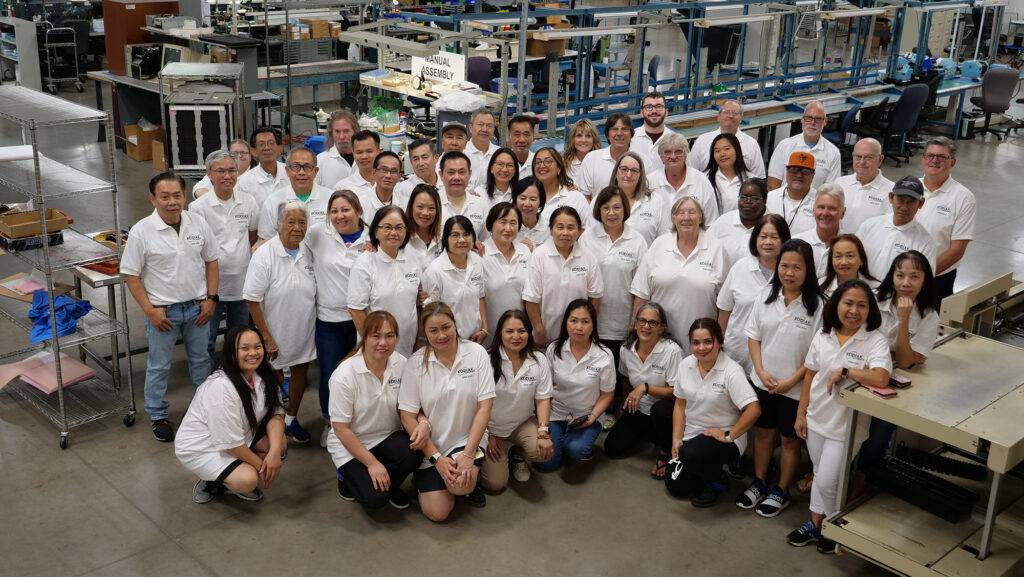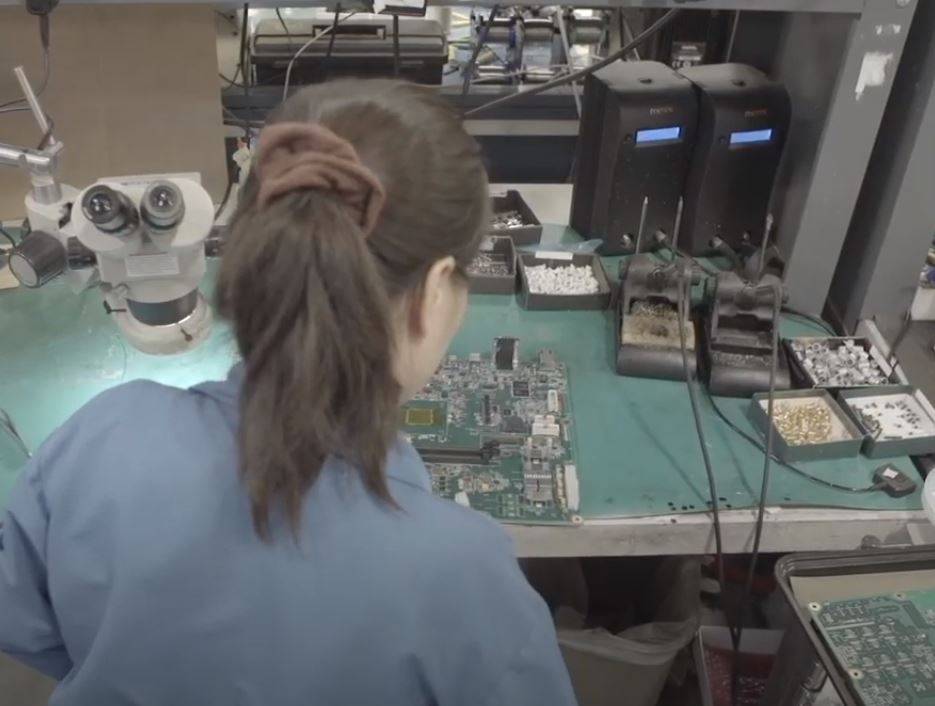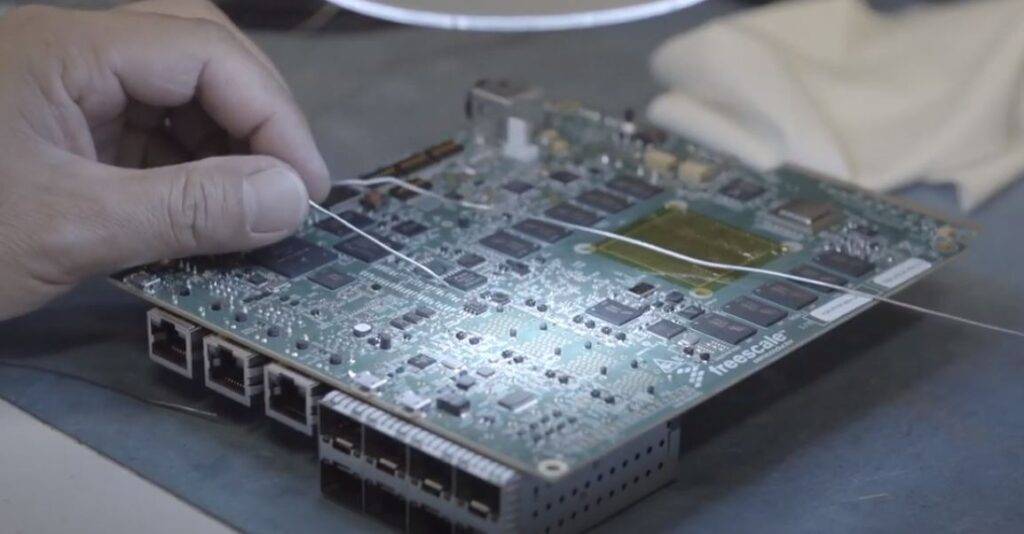Diving Deeper into the Electronic Component Shortage

In the last year or two, demand for new innovative technology surpassed the capacity of many manufacturers. The explosion and integration of IoT within several markets as well as growth within the automotive, mobile, and industrial markets have prolonged the electronics component shortage. The continuous advancement of technology integrated in automobiles along with the pursuit of the most technologically advanced phones, and other electronics may drive the component shortage well into next year.
As this “perfect storm” continues to rain over manufacturers everywhere, we dive deeper into the electronic component shortage and take look at some of the components in short supply and high demand.
New technology and underlying demand prolong the electronic component shortage
The current electronic component shortage isn’t a result of panic buying – it’s heavily due to increasing and underlying demand for these products. As technology evolves, the usage of electronics components in everyday products increases. Because companies are constantly trying to gain a competitive advantage, demand is quickly outpacing supply and leading to long lead times – from several weeks to several months.
New technology to further drive the component shortage includes new Apple products released this year. Reports estimate that Apple buys approximately 18% of the world’s annual supply of NAND chips in the build-up leading to the next iPhone launch, but with a chip shortage continuing since 2016, most companies haven’t been able to build up their inventory. Many manufacturers also don’t want a repeat of the major oversupply issue that occurred in the early 2000’s, when were stockpiled high for fear of an impending component shortage, only to have a massive oversupply in the industry that sharply drove the prices of components downward.
DRAM shortage
Among the list of electronics components in short supply, is the notable component, DRAM. Dynamic random-access memory, otherwise known as DRAM, is often used in digital electronics where low-cost and high-capacity memory is required. Most notably, this technology is used in the modern-day computer, where DRAM is the main memory (also known as the RAM). They act as the main memories of components used in these computers, such as the graphics card.
A technology migration and the shift in flash from 2D to 3D technology is driving shortages in SSDs and flash memory, which puts more pressure on using mature technology, such as DRAM because it only uses one capacitor and one transistor. This ability also allows DRAM to reach higher densities – the measure of the quantity of information bits that can be stored on any given length of track, area of surface or given volume in a storage medium. Generally, this “higher density” is more desirable because it allows for greater volumes of data to be stored in the same physical space.
The density of a DRAM can have a direct effect on performance, which can also have an effect on the price of a product. So why is DRAM in such short supply? Some sources and reports say that many larger suppliers are prioritizing orders from Apple for the new iPhone models that launched just earlier this year. Usually, most companies or manufacturers would stock up on supply before the iPhones were among prioritized component orders, but this year, the shortage was well underway and many companies couldn’t build enough inventory in time.
SRAM shortage
SRAM is a similar product to DRAM, except it is actually static random-access memory. SRAM differs from DRAM in that it is a type of semiconductor memory that uses bistable latching circuitry to store each bit. It’s generally more expensive than DRAM, because it is faster than DRAM and is typically used when speed is of greater concern than cost. SRAM also uses four or six transistors, compared to that of DRAM, which only uses one capacitor and one transistor.
The component shortage of 2017 extends to more than DRAM and SRAM, but other components, such as Blue LEDs and other diodes. With the acceleration of IoT integration in electronics and more and more products using better and more developed technology in several different industries, the demand may not slow anytime soon.
What should manufacturers and impact planners do?
What should you do if the components you need are listed among those affected by the electronic component shortage? Companies definitely shouldn’t wait. Impact planners and purchasers need to get ahead of the demand because 30 days is not even close to enough time to submit an order. Depending on the component needed, expected wait time can be anywhere from 16, 28 or 36 weeks longer than expected.
Kodiak Assembly Solutions has developed solutions with our customer’s business goals in mind. Our strength lies in our experienced team, state-of-the-art machines, clean facility, and our quality centered processes. If you’re concerned with the growing lead times for many electronic components, it’s important to contact us and place your orders ahead of time, before lead times grow too long. Contact us today to learn more about our assembly solutions.



